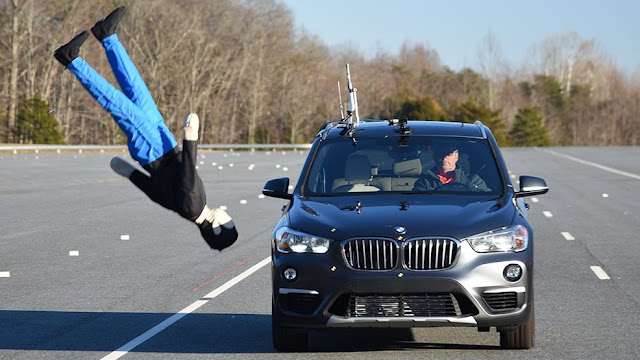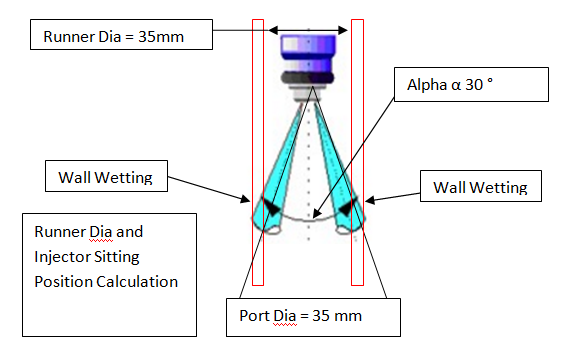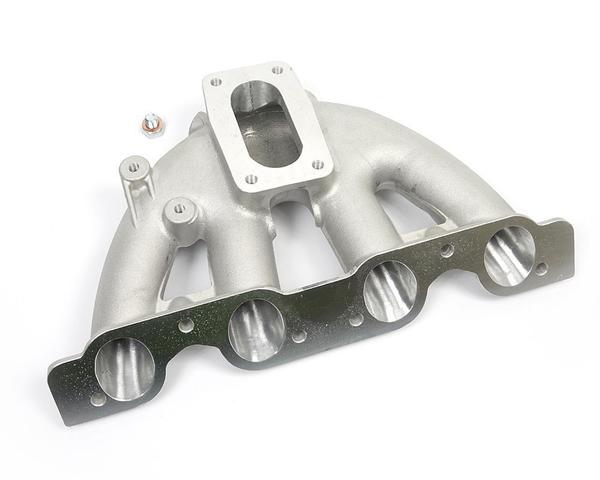DVP Design Validation Plan, Protocol,
DVP is sequential process; however performance/
durability failure at latter stage can compel us to repeat the DVP testing from
beginning for subsystem or whole vehicle. So Front Loading concept is very
popular in industry: - more resources are allocated at early stage of DVP for
DFMEA, concept analysis, past quality data analysis and 1D/2D/3D simulation for perfoamce, fatigue and life.
Manufacturing starts only after successful child part level + part level + Assembly or Subsystem level + Vehicle Level Simulation result are satisfactory on each front such as crash, safety, NVH, electromagnetic emission, emission government standard, fuel efficiency, life, endurance, marketing feedback for styling body design and many more.
|
Step 1**
|
Step 2#
|
Step 3**
|
Step 4#
|
Step 5
|
Step 6
|
|
All Child Part
|
Subsystem
|
Child Part
|
Subsystem
|
Vehicle
|
Vehicle
|
|
Performance &
Durability Simulation
|
Performance and Durability
Simulation
|
Physical Performance &
Durability
|
Physical Performance and
Durability
|
Calibration and Performance
|
Durability and Endurance
|
|
Example:
1.Stress/strain, 2.Layout/Tolerance
3.Assembly
4.O-ring Gasket Leakage,
5.Flow Rate, 6.Pressure,
7.Discharge
8. Voltage/Current
|
Example:
1.Power Torque Optimization
,
2. Wind tunnel
3. Suspension Chassis
4. Vehicle Crash
5.Steering Link
Simulation
|
Example: Performance,
Braking Load, Corrosion, Thermal Shock,
Sweep Vibration
Composite Durability , Wear,
Fatigue,
Cyclic Load
|
Example:
1.Engine Dyno
Calibration/
Durability
3. Physical Wind Tunnel
4. Suspension Dyno Test
|
Example:
1.Vehicle Chassis Dyno,
2. Emission,
3. Ergonomic
4.Drivability,
5.Braking Distance /Time,
6.Steering Angle
|
Example:
Run Vehicle on Different
Road Condition such as Dry /Wet Road, in Water , Bump Road, Corner, With wear
Tyre
|
**: Simulation and Physical
Tests have same/similar target and Pass/Fail criteria
A. Define Performance and Durability
Requirement:
|
Subsystem
|
Performance Requirement
|
Durability Requirement
|
|
Engine
|
High Constant Torque, High
Power, Less Fuel Consumption, Less Vibration, High Cooling Efficiency, Low
Frictional Loss
|
High Vibration, High
Temperature , Cyclic Loading , High Rotating Parts
|
|
Body
|
High Downforce, Less air
resistance , High Crash Strength , Light Weight , Comfortable
|
Impact Load, Concentric
Load, High Vibration, High Temperature
|
|
Suspension
|
Smooth Damping , Low Centre
of Gravity, Controlled Drivability , No Slip/Topple/Skit
|
Impact Load, Jerk Load,
Damping Vibration
|
|
Brake
|
Less Driver Effort, High
Braking Life, Smooth Braking, Low Braking Distance and time
|
Cyclic Loading ,High Temperature , High
Pressure , Corrosion
|
|
Steering
|
Less Driver Effort, High Sensitivity & Accuracy, Low
Response Time, Quick Angle Ratio
|
Cyclic Loading, High Wear,
Friction
|
Please go to next blog for next step of DVP.
Next blog is related to -
B.1. Child Parts Test Procedure and
Criteria: (For these tests both simulation and physical test must be done)








